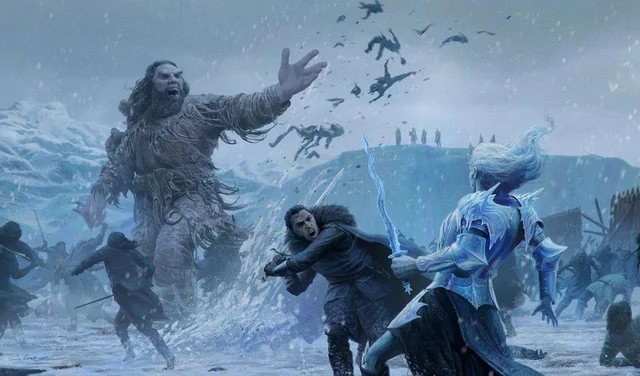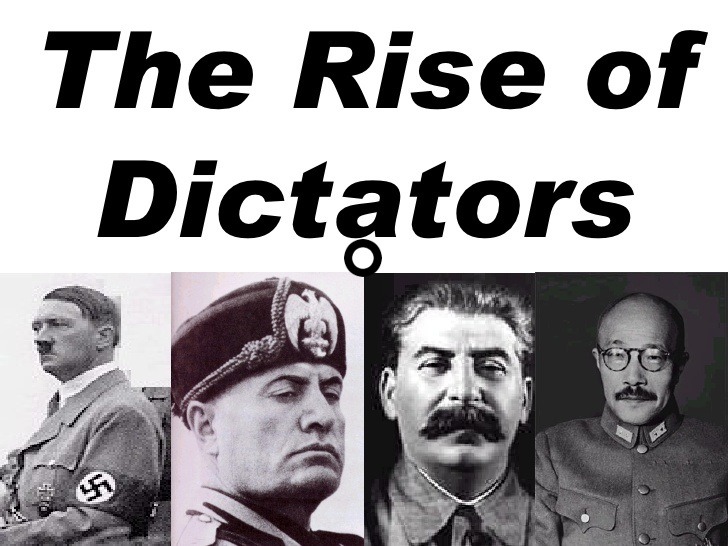vcdiversity.org – The Siege of Winterfell, a pivotal event in the War for the Dawn, marked a significant turning point in the battle against the Night King and his army of the dead. This article delves into the strategic, tactical, and emotional dimensions of the siege, highlighting its importance in the broader narrative of the conflict.
Strategic Overview
The strategic importance of Winterfell cannot be overstated. As the ancestral home of House Stark and a key stronghold in the North, its capture was essential for the Night King to advance southwards. The defenders, led by Jon Snow and Daenerys Targaryen, understood the gravity of the situation and prepared for an onslaught unlike any other.
Tactical Preparations
In the weeks leading up to the siege, Winterfell was fortified with high walls, trenches filled with flammable material, and a united force of Northerners, Unsullied, Dothraki, and wildlings. The defenders knew they were outnumbered and relied on dragonglass weapons and the fiery breath of Daenerys’ dragons to even the odds.
The Battle Unfolds
As night fell, the army of the dead, led by the Night King on his undead dragon, Viserion, launched their assault. The initial charge of the Dothraki, illuminated by flaming arakhs, was quickly overwhelmed, highlighting the sheer scale of the threat.
Key Moments
Several key moments during the siege demonstrated the bravery and sacrifice of the defenders. Theon Greyjoy’s last stand to protect Bran Stark, the Night King’s duel with Arya Stark, and the heroic efforts of Jaime Lannister and Brienne of Tarth are just a few examples of the valor displayed.
The Aftermath
The siege ended with the Night King’s defeat, thanks to Arya Stark’s intervention. However, the victory came at a great cost, with many key characters losing their lives. The survivors were left to deal with the emotional and physical scars of the battle, setting the stage for the final confrontation with Cersei Lannister in King’s Landing.
Conclusion
The Siege of Winterfell was more than just a battle; it was a testament to the strength of unity and the power of hope in the face of overwhelming darkness. It remains one of the most memorable and impactful events in the saga, a turning point that changed the course of the war and the lives of those who fought in it.

